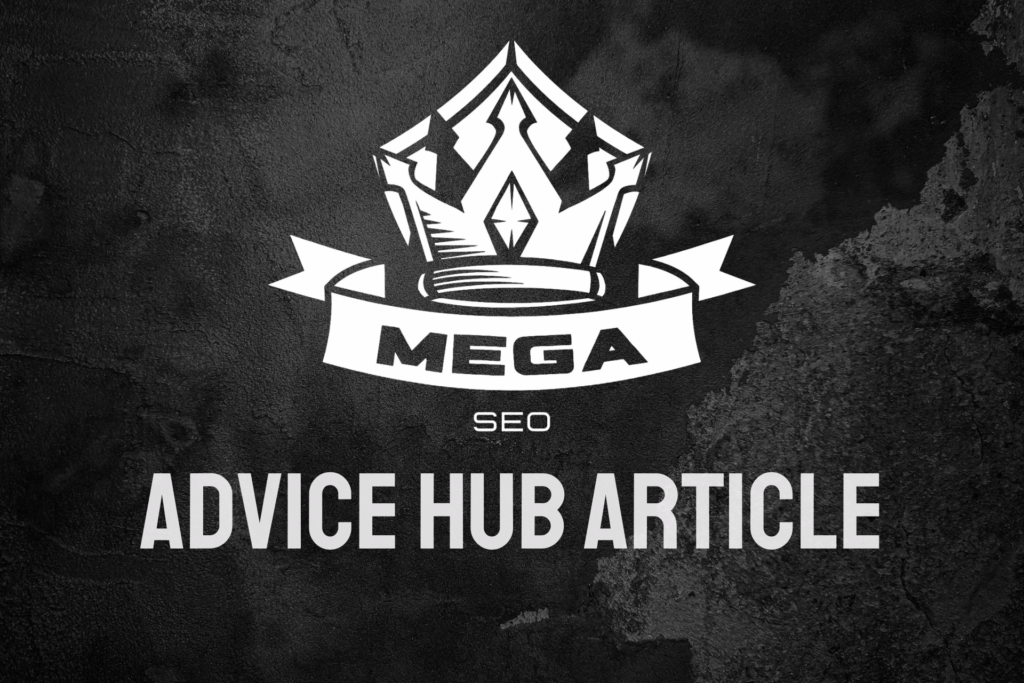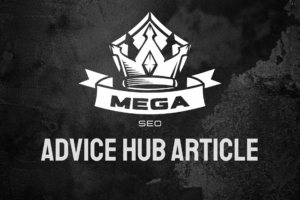“On-page” refers to the process of optimising individual web pages to improve their rankings in search engines and visibility in organic search results. As opposed to off-page SEO which focuses on external signals like backlinks, on-page SEO focuses directly on the content, HTML, and technical structure of a web page.
Properly optimising your web pages for on-page is crucial for businesses who want to tap into organic search traffic and improve their findability. In this comprehensive guide, we’ll explore the key elements of on-page that you need to know.
What is On-Page SEO and Why Does it Matter?
On-page SEO, also known as on-site SEO, involves optimising the content and technical elements of a web page to make it more appealing to search engine algorithms. The goal is to improve the page’s rankings for relevant keyword searches, increasing its visibility in search engine results pages (SERPs).
Some key elements of on-page SEO include:
- optimising page content and copywriting
- Conducting keyword research and integrating strategic keywords
- Crafting descriptive and keyword-rich title tags and meta descriptions
- optimising images with alt text and file names
- Ensuring fast page load speeds
- Building internal links between related pages
- Structuring URLs and navigation intuitively
The reason focusing on on-page SEO factors is so critical is that it can directly lead to higher click-through rates and increased organic traffic. Pages that rank highly for relevant searches tend to have higher visibility and better conversion rates.
By making your pages appealing to both search engine bots and human visitors, on-page SEO helps you earn more qualified visitors who are actively searching for your products, services and information. The higher your pages rank, the more visibility they will have in those critical top search positions.
Core On-Page optimisation Factors to Focus On
Now that we’ve covered the basics of on-page SEO, let’s explore some of the most impactful on-page factors to optimise if you want to improve your search rankings.
Keyword optimisation
One of the foundations of on-page SEO is conducting keyword research to identify terms and phrases that your target audience is searching for, and then strategically integrating those keywords into your page content. This helps communicate relevancy to search engines.
Some best practices for on-page keyword optimisation include:
- Researching keyword demand and competition
- Identifying low competition long-tail variants
- Organically integrating keywords into page copy, titles, headers, image alt text, etc.
- optimising keyword density without over-optimising
- Place important keywords toward the beginning of content
- Leveraging LAT techniques like LSI keywords and semantic matching
Remember – quality content should always come first. Keywords should flow naturally in content that offers value to visitors. Avoid awkwardly over-optimising at the expense of readability.
Quality and Relevance
While keyword usage is important, your content also needs to fulfil the search intent for visitors if you want to improve rankings. Pages that better satisfy search intent tend to perform better because they offer more value.
Some tips for improving quality and relevance include:
- Conduct searches in Google for your target phrases to identify what content currently ranks
- Review competitor pages that rank well – what kind of content are they offering?
- Make sure you provide the depth and breadth of information searchers are seeking
- Create genuinely helpful, engaging, well-structured content
- Avoid thin content or content that doesn’t adequately cover the topic
Keep your visitors in mind at all times. optimise content for what they are searching for, not just for keywords. Offer the answers, details and media they want to see.
Title Tags and Meta Descriptions
Title tags and meta descriptions don’t directly influence search rankings, however they can impact click-through rates. Compelling title tags and descriptions that make searchers want to click and visit your page can indirectly boost rankings.
Some tips for optimising title tags and meta descriptions:
- Include your primary keyword near the beginning of title tags
- Keep title tags under 60 characters to prevent truncation
- Use compelling phrasing that makes users click
- Use meta descriptions between 150-160 characters
- Accurately summarise page content in descriptions
- Include keywords naturally in meta descriptions
Properly optimised titles and meta descriptions can catch the eye when users scan search listings and are more likely to pique their interest. This leads to higher CTRs.
Site Speed optimisation
Page speed impacts both user experience and search rankings, making it an important element of on-page SEO. Slow loading pages lead to higher bounce rates and worse search performance.
Some ways to help improve page speed include:
- Enabling GZIP compression
- Minifying CSS, JavaScript and HTML
- optimising image file sizes
- Implementing browser caching
- Reducing redirects
- Serving resources from a CDN
- Eliminating render-blocking JavaScript
- Avoiding heavy third-party scripts
Test your page speeds using Google PageSpeed Insights and implement optimisations until you reach satisfactory speed benchmarks. Faster pages engage visitors and perform better with search engines.
Link Building
Internal links help visitors navigate your site and allow search bots to crawl your content more efficiently. Make sure related pages on your site are linked together with natural anchor text. This helps pages earn “link juice” from one another.
Some internal linking best practices:
- Link to related content from blog posts or product pages
- Create links between category, tag or section pages
- Link to authority pages from new pages
- Ensure new pages get linked internally shortly after publishing
Outbound links to external authority resources also lend credibility and show visitors more valuable content. Be selective about sites you link out to.
Continually Refine Your On-Page SEO
Like other aspects of SEO, on-page optimisation should be an ongoing process. Search algorithms evolve, new techniques emerge and competitors are always releasing new content.
Continually audit your critical website pages for on-page optimisation opportunities. Identify any issues with keyword usage, content quality, technical elements or link profiles.
Refine these on-page elements to keep pages relevant in the eyes of search engines. Don’t just optimise a page once and leave it indefinitely – revisit it periodically to make incremental improvements.
Proper on-page SEO analysis and refinement should be a core piece of your overall SEO strategy. By mastering these essential on-page factors covered in this guide, you’ll boost your organic search visibility and traffic over time.
Hopefully this overview gives you a better understanding of core on-page optimisation elements you should focus on. For more professional SEO advice and services, contact our team today.




